In the scorching summer of 1962, the Cold War blazed dangerously hot in the Caribbean. The Cuban revolution, clenching its fist and baring its teeth with ferocity, had the world on edge. Just over a year had elapsed since the spectacular failure of Operation Pluto, famously known as the Bay of Pigs invasion. To forestall any future attempt at invading Cuba, Fidel Castro and Nikita Khrushchev had forged a covert agreement, setting into motion Operation Anadyr. This clandestine operation aimed to deploy a formidable arsenal, including medium-range nuclear ballistic missiles (R-12), fighter planes, bombers, and a mechanized infantry division to the shores of Cuba.
The covert transfer operation had quietly commenced in May, and the Cuban Revolutionary Air Force was on high alert, ready to intercept any reconnaissance attempts by the U.S. Navy and Air Force. Armed with several dozen MiG-15 fighter jets, which had started arriving on the island the previous year, along with pilots trained in China and Czechoslovakia, Cuba stood prepared for a showdown. The world was hurtling towards one of its most perilous moments: The Cuban Missile Crisis.
Unbeknownst to the cargo pilots shuttling daily between Venezuela and the United States, their routine flights would soon thrust them into an international incident with Cuba. On that fateful May 14, 1962, a RANSA Curtiss C-46 Commando soared through the Cuban airspace en route to Miami, following a layover in Kingston, Jamaica. Adhering to the approved air corridor over the island, the pilots were suddenly startled by the appearance of two MiG-15 fighter jets adorned with Cuban Revolutionary Air Force insignia. These sleek silver birds streaked past the cargo airplane; their presence akin to two shimmering arrows in flight.
The crew of the Venezuelan cargo airplane, taken aback by the aggressiveness displayed by these interceptors, helplessly observed as the MiG-15s commenced an intricate aerial dance around their aircraft, eventually positioning themselves on either side. A Cuban pilot established radio contact with the RANSA aircraft, asserting that they had violated Cuban airspace. In response, the captain of the C-46 confidently stated that they had authorization to traverse this international airway. Yet, the Cuban pilot interjected forcefully, insisting that they must obey orders to follow and land in Cuba for inspection.
The RANSA crew, their determination unwavering, invoked their right to unimpeded passage to Miami, with the Cuban fighter pilot’s threatening tone ratcheting up the tension. Minutes dragged on, with the standoff reaching its zenith, as the cargo airpla plane brazenly defied the Cuban interceptors. In a desperate bid to assert dominance, the Venezuelan captain radioed Miami, reporting the harrowing situation and seeking guidance.
Then, in a sudden twist, the fighter jets executed a sharp, unexpected turn. It seemed as though they were about to position themselves behind the Curtiss C-46, poised for a potentially devastating attack. Instead, much to everyone’s relief, they rapidly receded into the distance, leaving behind a heart-pounding episode that would forever be etched in the annals of history. (Los Angeles Times, May 15, 1962).
This and other stories of the rich Venezuelan Aviation history are published in the book ‘Sobrevuelo (1785-2021)‘ by Alfredo Schael and Fabián Capecchi.

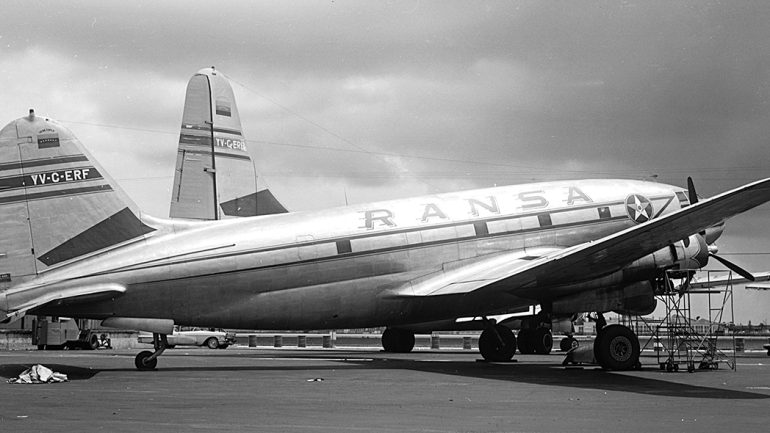
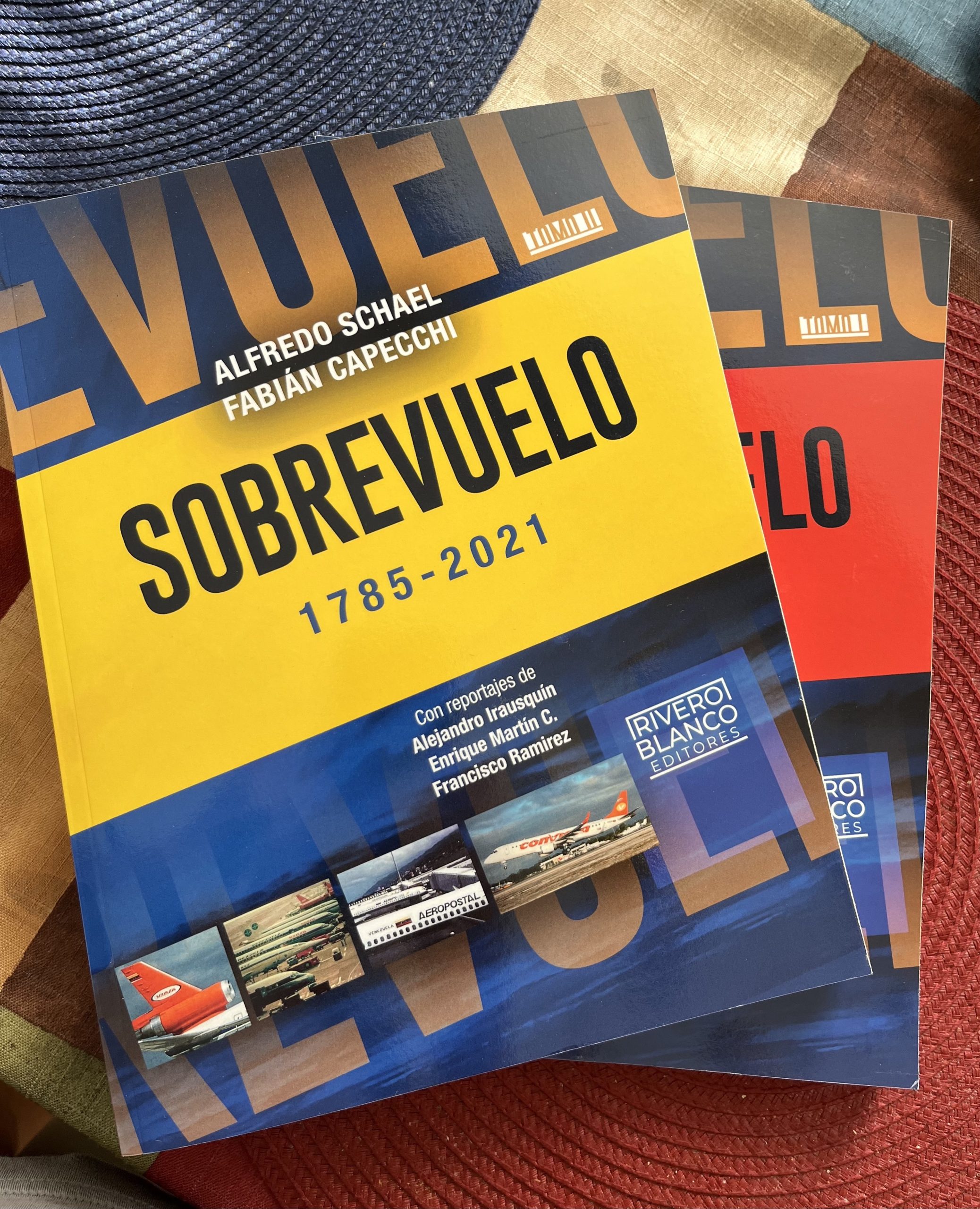
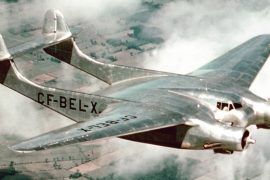
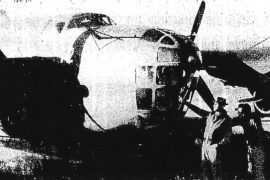
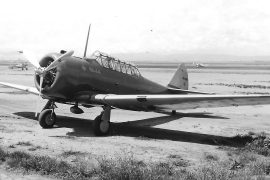
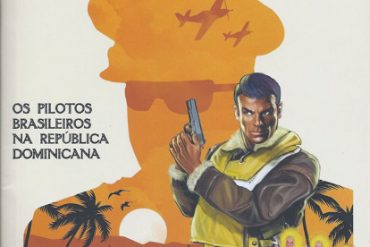
Very well done Fabian! I’d love to acquire a copy of your book! Is it on Amazon?
Hello Dan! Yes the book is on Amazon. Just click over the cover of the book here in the article, and it will take you to the the appropriate page. Or click here:
https://amzn.to/45mMafX
Thank you so much Mario.
No worries!! I’m happy to help!
Yes Dan, It’s on Amazon. I hope you enjoy the books. There are two volumes, because there’s a lot to tell…